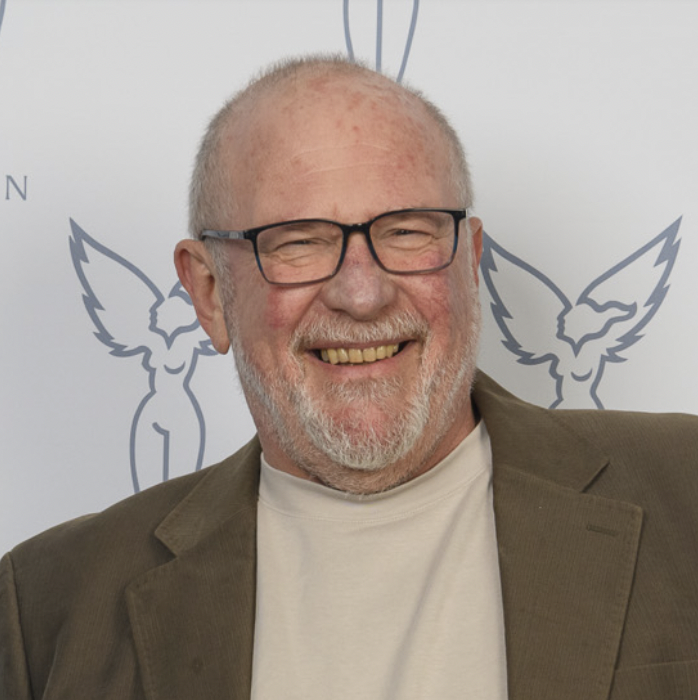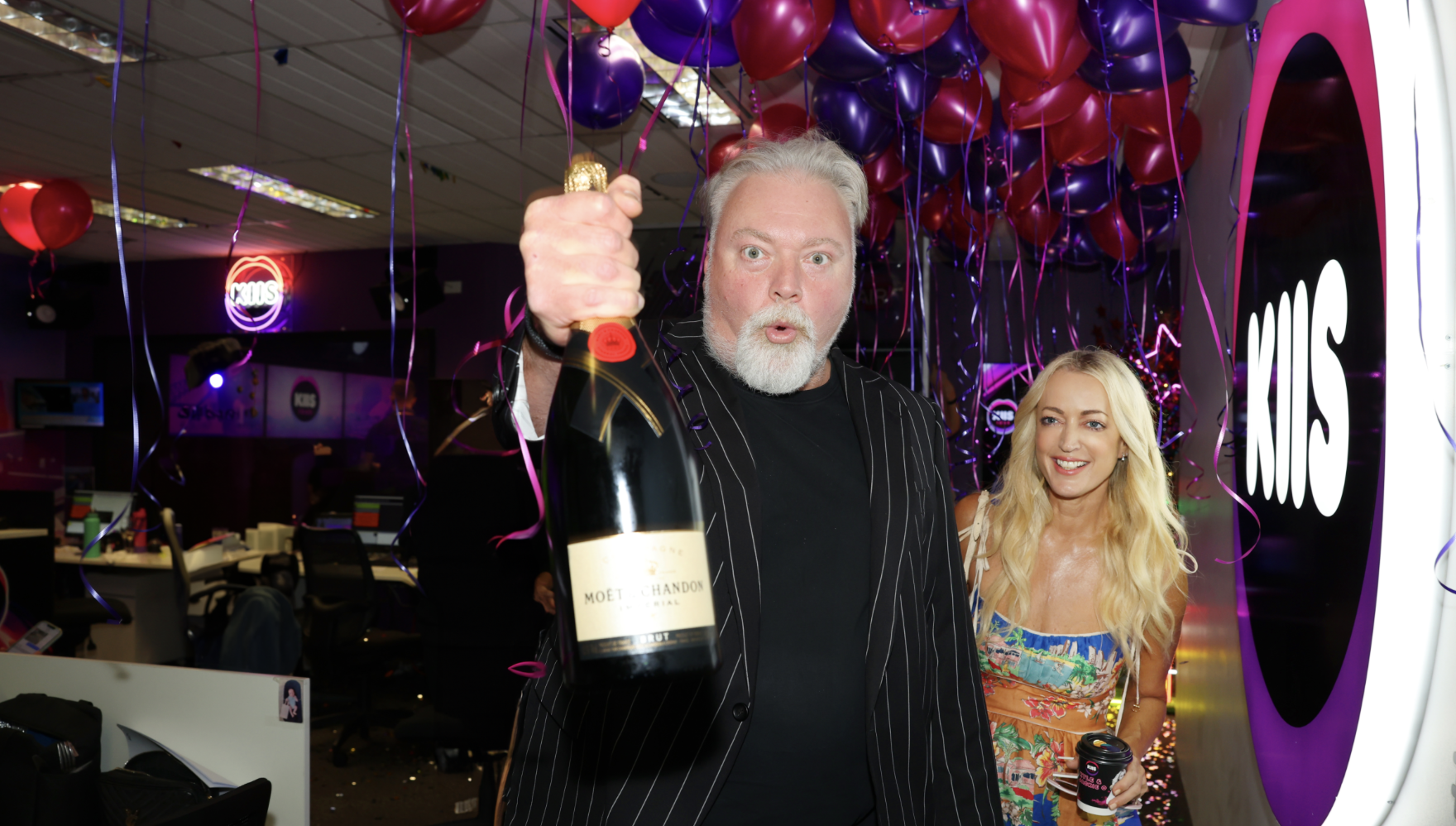Comment from Peter Saxon –
In her keynote address at BIGSOUND 2023 last September, as reported in The Music, the CEO of the Australian Recording Industry Association (ARIA) Annabelle Herd opined that radio broadcasters get away with grossly underpaying artists while overpaying their own talent. According to Herd, commercial radio only pays about $4 million – or “$1 million less than Kyle Sandilands’ salary”.
As you may be aware, gentle reader, the record / music distribution industry is trying to convince the government to raise the percentage of revenue, currently capped at one per cent, that commercial radio stations pay ‘Big Music’ in broadcast fees. In fact, they want to get rid of the cap entirely. Bad idea.
To explain why, a delegation from Commercial Radio & Audio, headed by Chairman Ciaran Davis, presented their industry’s position on the Copyright Legislation Amendment (Fair Pay for Radio Play) Bill 2023 to the Senate Committee public hearings which commenced last Thursday in Canberra.
According to CRA, Commercial Radio paid out around $40 million last year (not $4 mil as Ms Herd claims) to both ARIA (which represents recording artists) and PPCA (which handles songwriters and publishers).
Apart from the fact that Ms Herd’s figures seem misleading, her “apples to oranges” comparison using Kyle’s income to make her point is totally beside the point. Taylor Swift personally made as much money (about $20 mil) in a week of concerts in Australia as Kyle and Jackie O combined make in a whole year. So what?
Are the record companies going to hit Tay Tay up for a larger chunk of her income because she makes so much? Of course not. More likely, they’ll buy her a new private jet. Yet, the record companies seem obsessed with the fact that the Australian commercial radio industry has earnings of around $1 billion per annum nationally. And for that they feel entitled to a larger slice of the pie. But they’re on a percentage already, which means the more radio makes the more money they make automatically – which I guess is how the Taylor Swift deal works for them too.
How much a business earns is not usually a valid reason to negotiate a better rate. Try telling Telstra that you demand a discount on your phone/broadband package just because they’ve posted a billion-dollar profit while you’re delivering Menu Log and eating dog food to make ends meet.
Reminds me of the old joke about Bennie the beggar: Each day a rich businessman comes by and drops $2 in his cup. One day the businessman drops just $1 in the cup.
Bennie complains, “Hey, mister, you usually give me $2, why so cheap today?”
“Ah Bennie,” laments the businessman, “I had a bad week.”
Bennie says, “You had a bad week… why should I suffer?”
In her excellent article Australian music and radio – no longer a symbiotic relationship my colleague, Jen Seyderhelm wrote: There is an increasingly deep line in the sand being drawn between Australian radio and its music industry, where a relationship once as intertwined as music and lyrics has become amensalistic.
Indeed, both the radio and music industries have very different business models nowadays. Commercial radio’s main driver of audience (and thereby income) are its on-air presenters. Personalities who can consistently draw a winning audience-share are in high demand and, like match-winning footballers, can command enormous salaries to keep them on contract.
The music industry is no longer solely driven by physical record sales. Streaming on global platforms has essentially changed the compensation and royalty models.
The days of the More Music, Less Talk formats are long gone. Instead, the highest paid personalities play the least music in their shifts – which are generally the shifts that command the largest audiences. Yet, while radio is no longer the primary driver of music discovery, it remains an enormous influencer. The one or two songs that K&J manage to play each hour – or the odd one that Ray Hadley airs on his 2GB Morning show get an enormous boost because of the sheer number of listeners and the paucity of music played, thus making every track aired a special event.
Also gone are the days when record company reps were lined up waiting for their turn to see radio music directors for their chance to beg them to play their company’s latest releases.
Where is the love… and where’s the money?
In article on LinkedIn, Stephen Green, CEO of the themusic.com.au and SCG Media wrote:
If commercial radio is important to us as an industry, then what is being done to make the relationship work commercially?
Over the last ten years, budgets have been moved from places like commercial radio to Facebook, TikTok and YouTube while we scratch our heads about why the industry doesn’t have the same influence as it once did.
Follow the money… In the “good old days” when you hear stories of reps heading in with the new Farnham single and they’d get the DJ to play it right then and there, what we DON’T talk about is how much overall investment industry to industry was flowing to make that relationship work at that level.
As an industry, we talk the talk about how important radio is to us when we want something from them, but are we walking the walk when it comes to our marketing budgets? Mind the gap….
Not a Free Market
In his opening address last Thursday to the Senate Committee in regard to Copyright Legislation Amendment (Fair Pay for Radio Play) Bill 2023, Ciaran Davis said:
Our concern is we are not talking about a free market here.
First, the radio industry is highly regulated. In particular here, legislation requires radio to play a minimum quota of Australian music. In other words, we are required by law to buy product from the PPCA.
That means radio stations and the PPCA record labels are not a ‘willing buyer’ and a ‘willing seller’ reaching an agreement on a price. Instead, without the cap, radio must pay the asking price of the record labels to meet the quota. This is not a free market.
Secondly, the PPCA is a collecting agency, with substantial market power. The big 3 record labels behind the PPCA (Sony, Universal and Warner) control around 70% of the industry and have global revenues of around $A40 billion – 40 times that of the entire Australian radio industry. Negotiating with the PPCA is collective bargaining – it is not some simple free market negotiation.
Read Mr Davis’ whole speech here.
In all my years of B2B negotiations if I asked a client/partner for a greater percentage rate on fees (as opposed to a simple rise in dollars based on inflation) I’d invariably be asked, ‘what rise in benefits do we get in return… what will you do differently to earn it?’
I doubt that they’d take me, pointing to Kyle’s salary, as an answer.

Peter Saxon – Managing Editor


It is history repeating itself.
In 1970 there was a dispute between the record producers and the radio stations. The record producers wanted a greater percentage of the advertising revenue.
It resulted in overseas artists from the UK being covered by Australian artists. It gave rise to artists such as Jigsaw (The Australian version) covering the UK's Mungo Jerry's version of "In the Summertime".
It was the time that local label "Fable" provided covers of UK artists. Fable produced an album "20 Fable Chartbusters". All Australian talent with covers such as Anne Murray's "Snowbird" sung by Liv Maessen , and The Spencer Davis Group's "Give Me Some Lovin" sung by the Delltones. The album had other artists including Smacka Fitzgibbon (RIP), Jimmy Hannan (RIP), Keith Humber, Matt Flinders (Louis Sylvan Bonet), Bobby & Laurie (RIP), Hans Poulsen (RIP) to name a few.
It was an example that Australian talent cutting above its weight.
What can be inferred from the article is that a boycott of overseas artists today may not work as radio does not have a monopoly on sourcing and providing.
The idea that presenters are being paid too much in relation the royalties collected from playing music dies not hold sway since radio stars of yesterday were paid handsomely then.
Anyway the result of the early 1970 music boycott did not result in greater royalty payments.
The status quo pre boycott continued post boycott.
Thank you
Anthony, Strathfield South, whete watching paint dry is a great meditative padtime, in the land of the Wangal and Darug Peoples of the Eora Nation